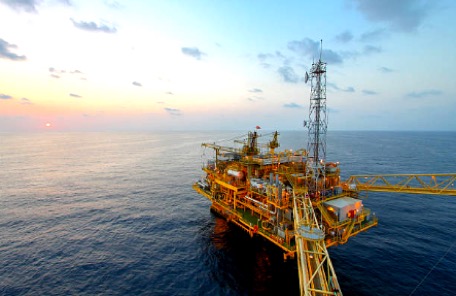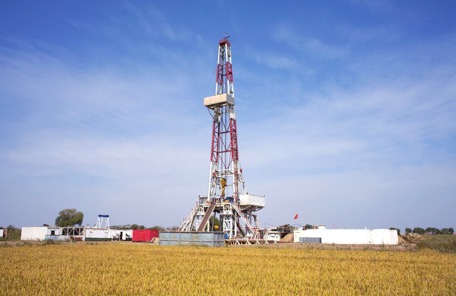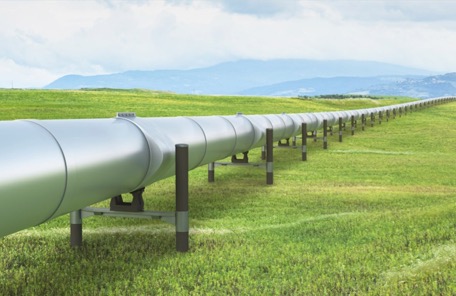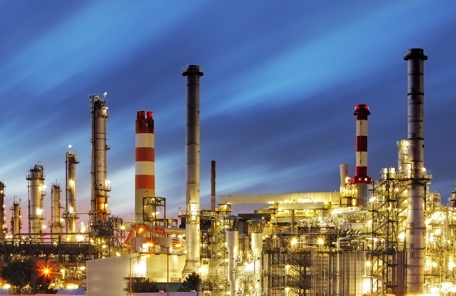
Over 100 oil and gas fields around the world have been digitally transformed with Moxa technologies.

We provide solutions to the world’s leading oil and gas OEMs, system integrators, and service companies.

Moxa offers a wide range of solutions with key global certifications: C1D2, ATEX/IECEx Zone 2, and DNV GL.
To remotely monitor a drilling platform successfully, its entire infrastructure needs to be extremely reliable. Moxa’s products comply with maritime certifications, such as DNV GL, that certify their ability to operate in environments with varying temperatures, corrosion, and vibration.


To remotely monitor a drilling platform successfully, its entire infrastructure needs to be extremely reliable. Moxa’s products comply with maritime certifications, such as DNV GL, that certify their ability to operate in environments with varying temperatures, corrosion, and vibration.
Real-time monitoring and non-stop redundant communications are required for field site drilling data transmission and acquisition. Since onshore operations face environmental hazards and data sometimes need to be aggregated in a control center, Moxa has the industry expertise to build reliable networks for data acquisition and real-time monitoring.


Real-time monitoring and non-stop redundant communications are required for field site drilling data transmission and acquisition. Since onshore operations face environmental hazards and data sometimes need to be aggregated in a control center, Moxa has the industry expertise to build reliable networks for data acquisition and real-time monitoring.
Multiple pumping stations, such as block valve stations and compressor stations, keep the pressure in the pipeline constant. Operators can quickly detect, locate, and prevent or resolve leaks, damages, and breaks by deploying a rugged, extendable fiber-optic Ethernet network. The network must be robust, secure, highly available, and include an integrated remote monitoring for pipeline operation to improve safety and reliability and reduce the total cost of the pipeline.


Multiple pumping stations, such as block valve stations and compressor stations, keep the pressure in the pipeline constant. Operators can quickly detect, locate, and prevent or resolve leaks, damages, and breaks by deploying a rugged, extendable fiber-optic Ethernet network. The network must be robust, secure, highly available, and include an integrated remote monitoring for pipeline operation to improve safety and reliability and reduce the total cost of the pipeline.
The distributed control system (DCS) is the main control system, and is connected to the controller elements by Ethernet networks to manage and monitor the plant’s output and performance. Since non-stop 24/7 operation is crucial to the entire process, the Ethernet network system must have reliable redundancy to achieve high data availability and optimal productivity. In addition, a reliable and secure auxiliary system is used to detect and track unsafe events, such as leaks, to maintain safe operations.


The distributed control system (DCS) is the main control system, and is connected to the controller elements by Ethernet networks to manage and monitor the plant’s output and performance. Since non-stop 24/7 operation is crucial to the entire process, the Ethernet network system must have reliable redundancy to achieve high data availability and optimal productivity. In addition, a reliable and secure auxiliary system is used to detect and track unsafe events, such as leaks, to maintain safe operations.